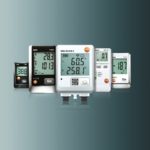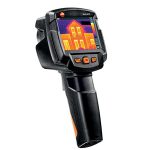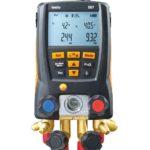A domestic carbon monoxide leak in the US has left 11 people in need of hospital treatment.
The residence – in Milwaukee, Wisconsin – recently had a new furnace installed which is believed to be the root cause of the issue. A cracked heat shield on one of the surfaces of the appliance is thought to have released the harmful gas into the house.
Significantly higher than safe levels
The Milwaukee Fire Department was called at around 10 p.m. on January 14, after the residents began to feel ill. Firefighters found that the carbon monoxide in the air was at significantly higher than safe levels – at around 200 parts per million (ppm) on the second floor of the house.
According to statistics from the Department for the Environment back here in Australia, the natural concentration of carbon monoxide is around 0.2 ppm – further evidencing the particularly toxic levels that were reached in the Milwaukee residence.
One of the biggest problems in the detection of a carbon monoxide leak is that the gas is completely colourless, odorless and tasteless. Unlike natural gas which has an added scent, carbon monoxide can go virtually undetected right up until the air quality is reduced to the point that illness occurs.
The victims of the poisoning in Milwaukee were fortunately awake when the gas took hold, allowing them crucial time to realise something was amiss and call the relevant authorities. If the leak had occurred later into the night and they had been asleep, the consequences could have been a lot more serious.
Detecting carbon monoxide
Deputy Fire Chief of the Milwaukee Fire Department Brian Smith explained that the residents who were poisoned had little idea of specifically what was happening.
“They didn’t have a carbon monoxide detector. They were just feeling sick,” Mr Smith told the Milwaukee Journal Sentinel.
This incident – and many others like it – could have been avoided if the right carbon monoxide sensor had been used. While this is a domestic case, having an effective gas analyser fitted is crucial in the applicable commercial sectors.
With carbon monoxide a constant risk due to its relatively undetectable nature, industry professionals can benefit from being aware of the dangers and – more importantly – being ready to combat them.
The testo 317-3 Ambient CO Meter can detect even the minutest of traces of carbon monoxide and will provide both a visual and audible warning when safe levels of gas concentration are surpassed, making it easy for the user to know when action needs to be taken.









 Reduce cooking oil costs while ensuring quality
Reduce cooking oil costs while ensuring quality Expert knowledge on CO2 monitoring
Expert knowledge on CO2 monitoring Refrigeration knowledge - in 3 modules
Refrigeration knowledge - in 3 modules



